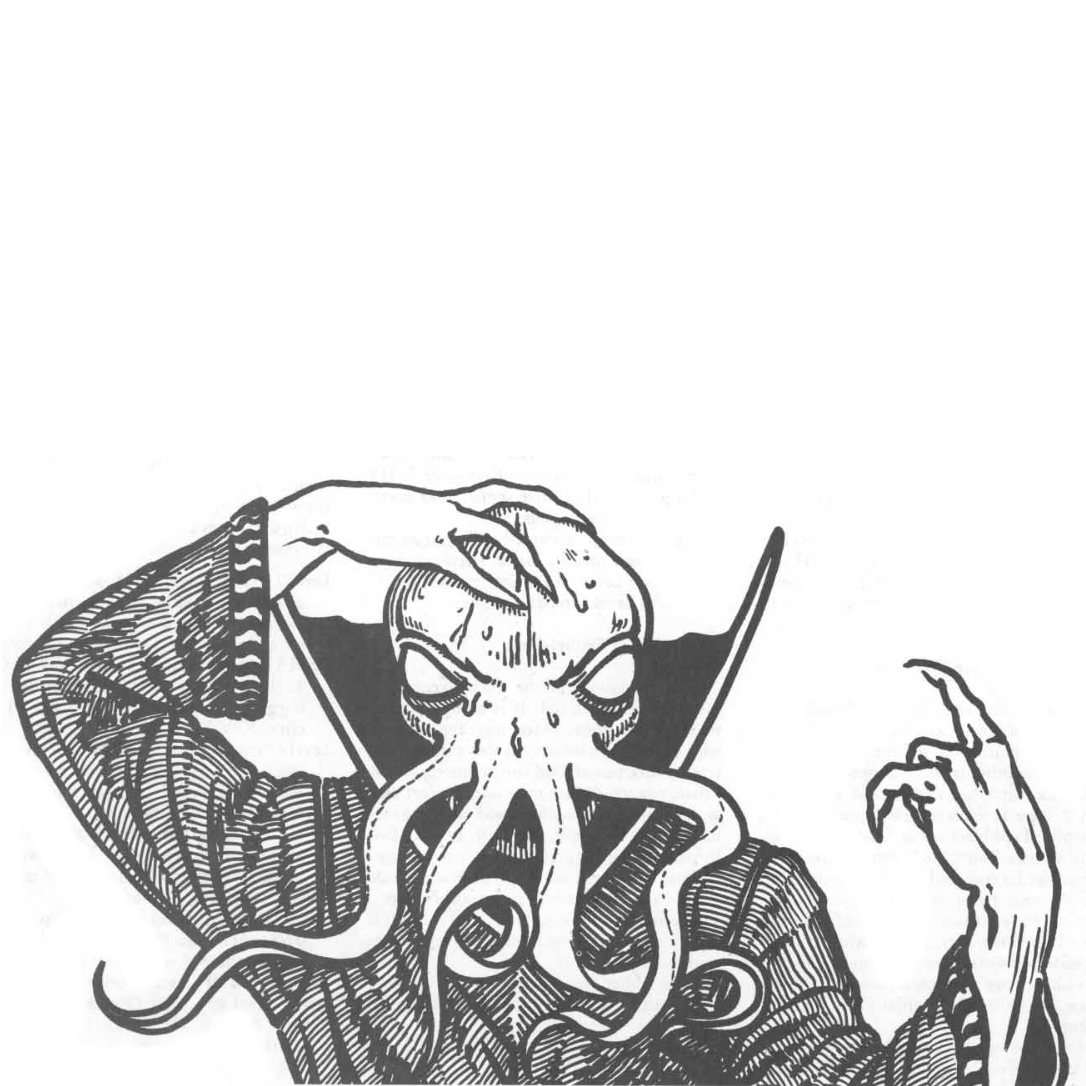Agter our latest DnD game our regular DM once again thought loudly on how to make dragons have more teeth. And it got me thinking about how Dragonbane handles capital M monsters differently.
DnD Monsters tend to have a slew of ways to nullify the PCs disabling abilities (magic resistance, legendary resistance). What those does are forcing the party to spend a couple of rounds having their cool stuff be nullified. For me that is boring. Without it though - CC fest and an underwhelming fight.
Dragonbane being a different beast and makes Monsters dangerous in a different way. With way less disabling abilities the PCs fun stuff isn’t nullified and foes don’t get CC’ed to death. So everyone can do their thing. Which Monsters can do multiple times each round (multi-attack but full turns) and their attacks always hits. Think about that - Monsters’ attacks always hits. That brings danger and tension. The attacks are randomly selected lowering the rise of catastrophe, or increasing it as the GM cannot pull their punches.
To help the PCs out they have the option to take a defensive action (dodge, parry) which have already led to clutch moments. It comes at the cost of having an offensive action and the defensive action cannot be taken if they already have acted this round. Cost benefit choices whoooo! In a way it goes from Monster dodge (legendary resistance) to PC dodge. And PCs can build for defensive actions. And it can give you a counter attack. Defending is cool.
To sum it up. DnD gives monsters staying power by nullifying the PCs cool stuff allowing them to stay fighting. Dragonbane has less disables in general so Monsters have no need to nullify them. So Monsters stay around longer naturally bringing danger the PCs can actively try to avoid.


What is CC and why does it need to be an acronym?
Crowd Control, it comes from video games mostly where people would shorthand things to quickly communicate.
Thanks for the explanation.